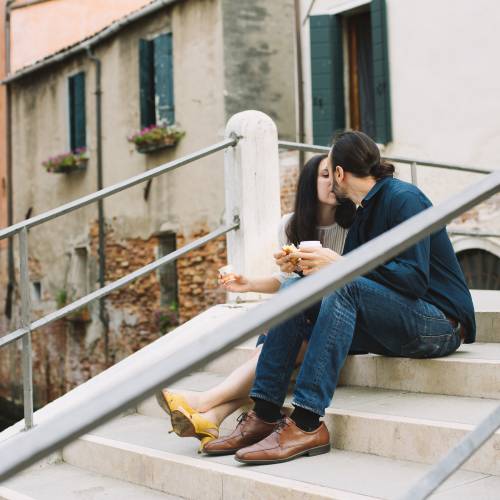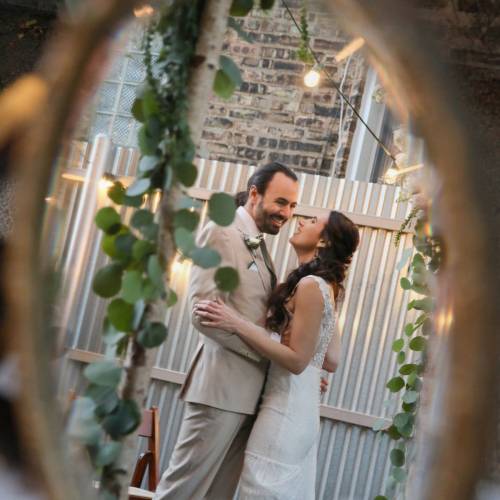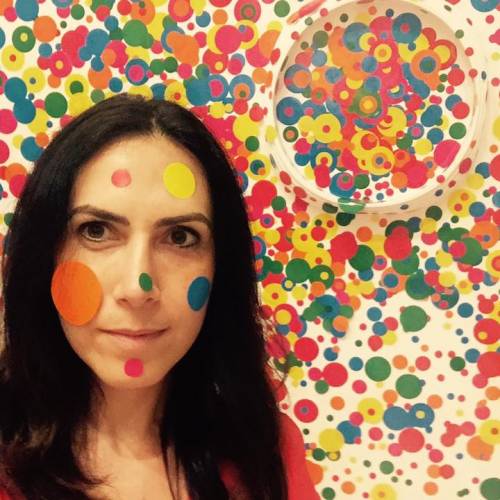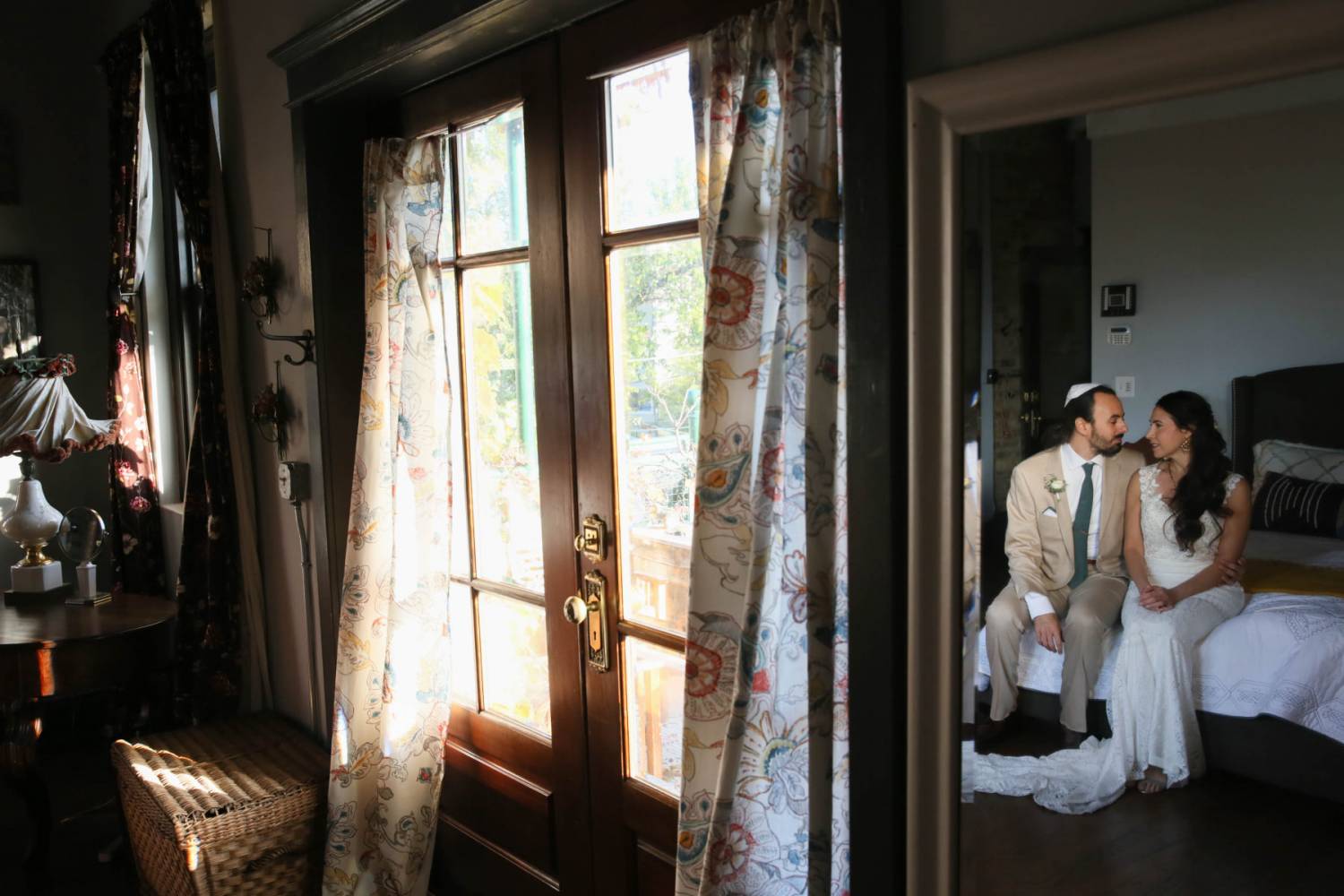Soraya Fata’s Life After Cancer
 Written by Soraya Fata
It’s May again, a time to celebrate motherhood; A month full of Mother’s Day-themed events, promotions and social media posts of mamas with their little ones. I tap into my inner strength and somehow manage to ward off the onslaught of messages with the protective shield I’ve built up over the years.
Every once in a while though, something penetrates my outer layer and pierces my heart. It’s usually a photo, not one of those posed ones, but a candid shot perfectly capturing a mother’s love for her child or a family shot celebrating the fundamental life experience of parenthood. On a rational level, I know these photos aren’t meant to highlight what I don’t have in my life, but on an emotional level, I can’t help but feel inadequate. I’ve yearned for motherhood for so long now, but year after year, my desire has gone unfulfilled. For me, Mother’s Day is just a reminder of my pain, of my story of cancer and infertility.
Written by Soraya Fata
It’s May again, a time to celebrate motherhood; A month full of Mother’s Day-themed events, promotions and social media posts of mamas with their little ones. I tap into my inner strength and somehow manage to ward off the onslaught of messages with the protective shield I’ve built up over the years.
Every once in a while though, something penetrates my outer layer and pierces my heart. It’s usually a photo, not one of those posed ones, but a candid shot perfectly capturing a mother’s love for her child or a family shot celebrating the fundamental life experience of parenthood. On a rational level, I know these photos aren’t meant to highlight what I don’t have in my life, but on an emotional level, I can’t help but feel inadequate. I’ve yearned for motherhood for so long now, but year after year, my desire has gone unfulfilled. For me, Mother’s Day is just a reminder of my pain, of my story of cancer and infertility.
Ovarian Cancer and Infertility
 I met my husband in my late 30s, but we hoped there was still time to start a family. We didn’t wait long to consult fertility specialists, given my age. In the summer of 2018, my fertility doctor noticed a mass on my right ovary. We were hopeful that it was nothing, maybe just a cyst.
But several months later, it was confirmed to be a rare form of ovarian cancer. During surgery to remove that ovary, another mass was found on my other ovary. Though a full hysterectomy is protocol, the doctor conducting the surgery was aware of my desire to have children, and therefore, removed only the mass on the left ovary and a portion of tissue around it. I was left with a small area of ovarian tissue, as well as my uterus.
I was warned that when the final pathology report came back, I might need chemotherapy, radiation or another operation to remove the rest of my reproductive system. Additionally, the scar tissue on my left ovary made conceiving naturally unlikely because it might block the release of eggs. The best option was IVF, which I had already been through twice by then. The invasive and expensive process required me to inject myself with hormones several times a day, leaving me constantly ill and unable to fully participate in life. I struggled to balance work and medical appointments and was forced to pay out of pocket for the procedures, since my health insurance didn’t cover the costs.
Each round felt like a rollercoaster, which started full of hope and desires for our future as a family, but inevitably ended in disappointment. I felt inadequate as a woman and as a partner, though my husband tried to convince me the contrary was true. I went through round after round of IVF, eventually totaling eight rounds. My chances of conceiving were slim, given what little ovarian tissue I had remaining.
People close to me urged me to let go of the idea of motherhood and accept my life circumstances. I tried to remind myself how lucky I was that we caught the cancer early, that I didn’t have to go through radiation or chemotherapy like so many other cancer survivors.
Despite moments of real gratitude, I struggled to detach my story of infertility from my cancer diagnosis, given how tightly they were interwoven. Even though I survived cancer, I hadn’t yet survived infertility.
I met my husband in my late 30s, but we hoped there was still time to start a family. We didn’t wait long to consult fertility specialists, given my age. In the summer of 2018, my fertility doctor noticed a mass on my right ovary. We were hopeful that it was nothing, maybe just a cyst.
But several months later, it was confirmed to be a rare form of ovarian cancer. During surgery to remove that ovary, another mass was found on my other ovary. Though a full hysterectomy is protocol, the doctor conducting the surgery was aware of my desire to have children, and therefore, removed only the mass on the left ovary and a portion of tissue around it. I was left with a small area of ovarian tissue, as well as my uterus.
I was warned that when the final pathology report came back, I might need chemotherapy, radiation or another operation to remove the rest of my reproductive system. Additionally, the scar tissue on my left ovary made conceiving naturally unlikely because it might block the release of eggs. The best option was IVF, which I had already been through twice by then. The invasive and expensive process required me to inject myself with hormones several times a day, leaving me constantly ill and unable to fully participate in life. I struggled to balance work and medical appointments and was forced to pay out of pocket for the procedures, since my health insurance didn’t cover the costs.
Each round felt like a rollercoaster, which started full of hope and desires for our future as a family, but inevitably ended in disappointment. I felt inadequate as a woman and as a partner, though my husband tried to convince me the contrary was true. I went through round after round of IVF, eventually totaling eight rounds. My chances of conceiving were slim, given what little ovarian tissue I had remaining.
People close to me urged me to let go of the idea of motherhood and accept my life circumstances. I tried to remind myself how lucky I was that we caught the cancer early, that I didn’t have to go through radiation or chemotherapy like so many other cancer survivors.
Despite moments of real gratitude, I struggled to detach my story of infertility from my cancer diagnosis, given how tightly they were interwoven. Even though I survived cancer, I hadn’t yet survived infertility.
Art as an Emotional Outlet
 My husband is a professional jazz musician and during this painful period in our life together, I was always envious that he could lose himself in his art, express his emotions through music and deal with the situation in that way. My legal career didn’t offer me the same emotional outlet.
When a good friend told me about Brushes with Cancer, I knew immediately I wanted to participate. I didn’t know what would come of it, but I hoped the experience would bring me clarity and an opportunity to reflect on my experience with cancer. Although it’s only been a few months since meeting the artist and mentor I will work with this year, what I’ve discovered so far is that sharing my experience with illness to those willing to listen is powerful. Even more powerful is the process of turning that experience into art.
Illness is something that feels completely out of our hands, but taking our story and giving it texture and color, helps us seize back the control over our story. It’s like flipping the script. We decide how we want the world to see our story versus the world deciding how to see our story.
My husband is a professional jazz musician and during this painful period in our life together, I was always envious that he could lose himself in his art, express his emotions through music and deal with the situation in that way. My legal career didn’t offer me the same emotional outlet.
When a good friend told me about Brushes with Cancer, I knew immediately I wanted to participate. I didn’t know what would come of it, but I hoped the experience would bring me clarity and an opportunity to reflect on my experience with cancer. Although it’s only been a few months since meeting the artist and mentor I will work with this year, what I’ve discovered so far is that sharing my experience with illness to those willing to listen is powerful. Even more powerful is the process of turning that experience into art.
Illness is something that feels completely out of our hands, but taking our story and giving it texture and color, helps us seize back the control over our story. It’s like flipping the script. We decide how we want the world to see our story versus the world deciding how to see our story.
A Time to Heal
 This year, I can finally begin to heal from the past.
As I continue to share my story with my artist and mentor and with others in the Brushes with Cancer community, I feel a sense of lightness. It’s as if this weight that I was carrying around for years, this grief, is suddenly lifting from me.
I’m healing for another reason, too.
This year, I’m beyond grateful to find that there’s a life forming inside of me, proving that sometimes if we’re persistent and lucky enough, there is life after cancer.
This year, I can finally begin to heal from the past.
As I continue to share my story with my artist and mentor and with others in the Brushes with Cancer community, I feel a sense of lightness. It’s as if this weight that I was carrying around for years, this grief, is suddenly lifting from me.
I’m healing for another reason, too.
This year, I’m beyond grateful to find that there’s a life forming inside of me, proving that sometimes if we’re persistent and lucky enough, there is life after cancer.